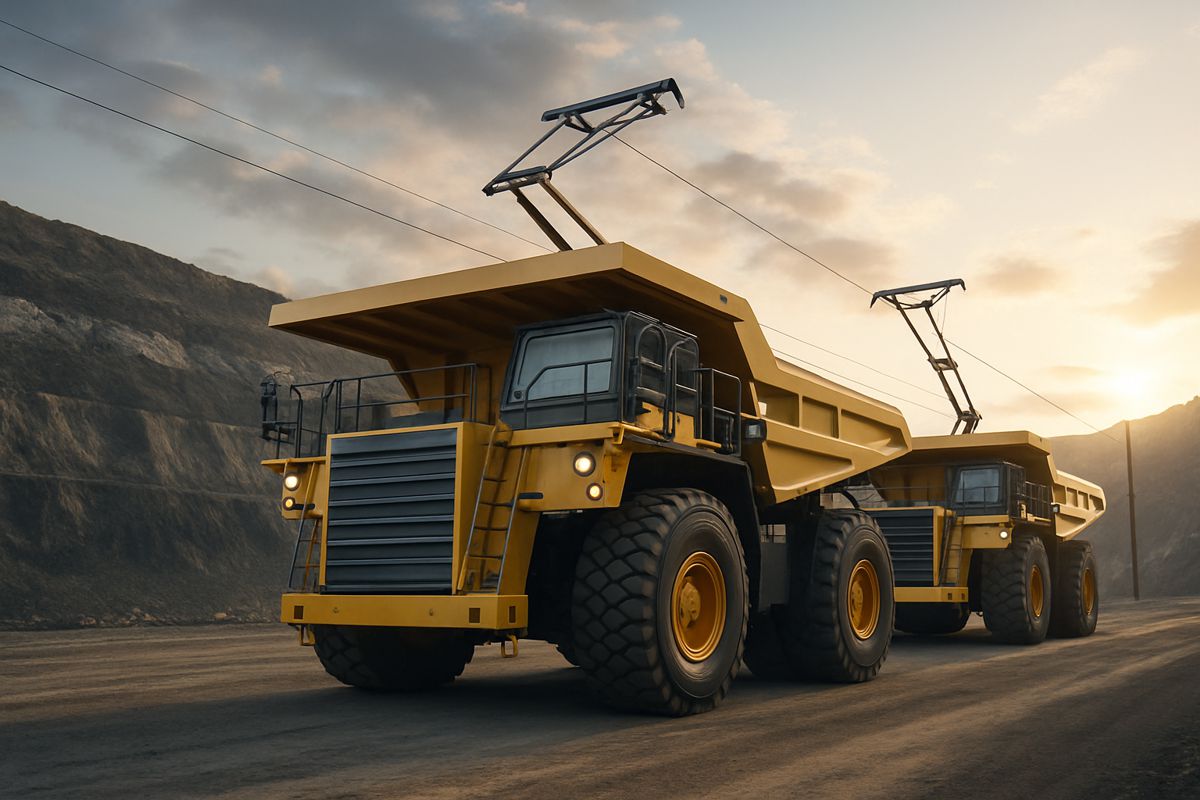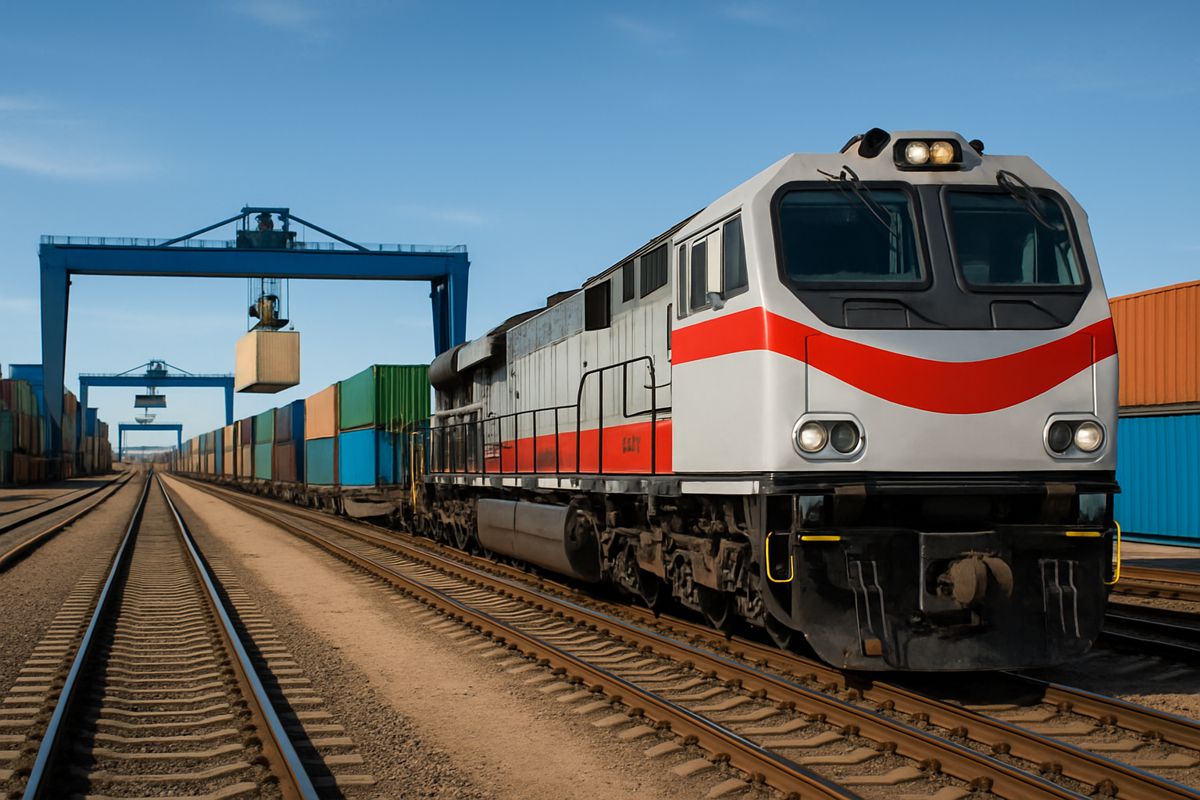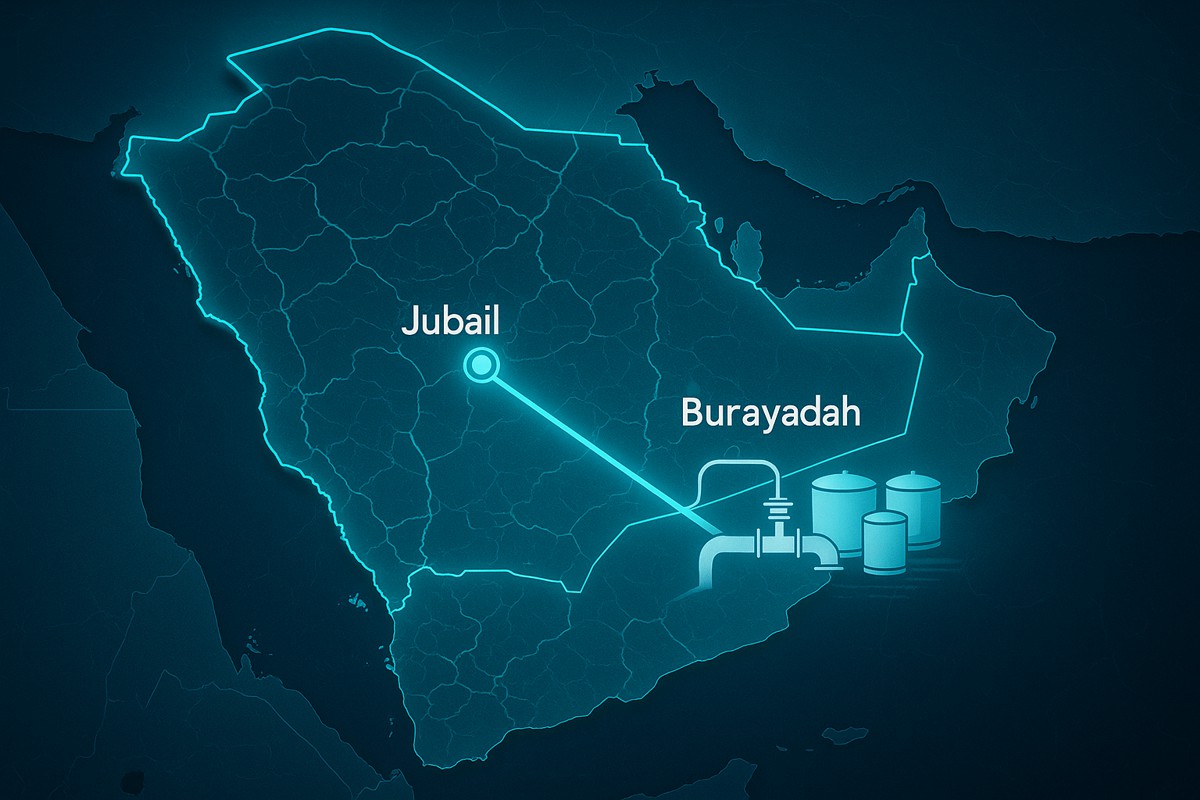Virtual Test Rigs are Redefining Fatigue Testing for Heavy Machinery
The construction industry, often heralded for its technological advances, has faced a long-standing challenge in fatigue testing. Critical components like bulldozer push arms endure relentless wear from vibration, tension, and impact forces.
Over time, these forces cause fatigue damage, which compromises performance and reliability. Traditional methods for fatigue analysis, while effective to an extent, are often expensive, time-consuming, and fail to replicate real-world conditions accurately. However, a ground-breaking virtual test rig (VTR) developed by a team of researchers from Shandong University, Xiamen University, and Kyunghee University promises to revolutionise the way fatigue testing is conducted.
This innovative approach could drastically reduce costs and testing time while improving accuracy, paving the way for a more efficient future in machinery design and maintenance.
The Problem with Traditional Fatigue Testing
Fatigue testing is crucial for machinery components that operate under extreme conditions. Bulldozer push arms, for instance, face constant operational stress, leading to wear and tear that can only be mitigated with regular analysis. Traditional test rigs, which involve physical vibration and load simulations, are designed to evaluate the endurance of such components.
While widely used, these physical rigs present several drawbacks:
- Cost: Building and operating these rigs require significant financial investment.
- Time: Testing procedures often span hours, delaying design validation.
- Accuracy: Real-world conditions are complex, and traditional rigs struggle to replicate them fully.
Given these limitations, the industry has long sought a faster, cheaper, and more accurate solution. Enter the virtual test rig.
Introducing the Virtual Test Rig
A study, published in the International Journal of Mechanical System Dynamics on August 31, 2024, introduces the VTR as a novel solution to fatigue testing challenges. Spearheaded by a team of researchers led by Professor Xiangqian Zhu of Shandong University, the study outlines how the VTR simulates operational conditions with unprecedented accuracy.
Using a virtual iteration technique, the rig replicates real-world operational loads, creating input signals that mimic dynamic working conditions. The simulation adjusts iteratively until it perfectly aligns with real-world scenarios. This process integrates key metrics such as:
- Strain data
- Oil pressure readings
- Cylinder stroke measurements
The VTR generates highly accurate load spectra for fatigue analysis, producing results in mere minutes—compared to hours with physical rigs. Moreover, the cost savings are substantial, as expensive hardware becomes redundant.
Professor Zhu emphasised the significance of this breakthrough, stating: “This VTR presents a ground-breaking alternative to conventional fatigue testing. Not only does it cut down on time and costs, but it also enhances the accuracy of fatigue life assessments. This method could reshape the way fatigue analysis is conducted in construction machinery, facilitating faster product development and improved reliability.”
Implications for Construction Machinery
For construction professionals, this innovation could be a game-changer. Components like dozer push arms are critical to the functionality and safety of heavy machinery. Ensuring their durability not only boosts performance but also minimises operational downtime and repair costs.
The VTR’s ability to simulate real-world conditions means manufacturers can validate designs more quickly, enabling faster market entry for new products. Additionally, by identifying potential weaknesses early, the technology enhances the overall reliability of machinery.
Some of the direct benefits include:
- Reduced testing time: Results are delivered in minutes, accelerating development cycles.
- Cost savings: Eliminates the need for costly physical rigs and associated operational expenses.
- Improved accuracy: Simulations closely match real-world conditions, ensuring reliable data.
Beyond Construction: Broader Applications
The virtual test rig isn’t just limited to construction machinery. Other industries that rely on heavy equipment are poised to benefit, including:
- Mining: Machinery used in harsh environments can undergo more precise fatigue testing.
- Agriculture: Farming equipment durability can be assessed more efficiently.
- Defence: Military-grade machinery components can be tested for reliability and safety.
With its ability to reduce costs and testing time while improving accuracy, the VTR is likely to play a pivotal role in advancing these industries. From mining excavators to agricultural harvesters, manufacturers can now produce more resilient and cost-effective equipment.
The Road Ahead
The potential applications of this technology are vast, and researchers are already exploring ways to expand its capabilities. By integrating artificial intelligence (AI) into the virtual iteration process, future versions of the VTR could become even more adaptive, learning from data to improve simulation accuracy further.
Moreover, as sustainability becomes a growing concern, this technology aligns perfectly with the global push for greener practices. By reducing the need for physical testing infrastructure, the VTR contributes to lowering the environmental footprint of machinery manufacturing.
A Collaborative Effort
This research, which underscores the transformative potential of the VTR, was supported by a range of initiatives, including the Shandong Province Science and Technology SMEs Innovation Ability Improvement Project, the Rizhao Key Research and Development Project, and the National Natural Science Foundation of China.
The collaborative effort between Shandong University, Xiamen University, and Kyunghee University highlights the global interest in solving critical industry challenges.
A Important Future for Fatigue Testing
The development of the virtual test rig marks a significant leap forward in fatigue testing technology. Its ability to reduce costs, improve accuracy, and accelerate testing times makes it a valuable tool not only for the construction industry but also for mining, agriculture, and defence sectors.
With ongoing research and development, the VTR is set to become a cornerstone in the design and maintenance of heavy machinery. By providing manufacturers with a reliable, efficient, and sustainable solution, this innovation paves the way for a future where machinery is safer, more durable, and more cost-effective than ever before.




















